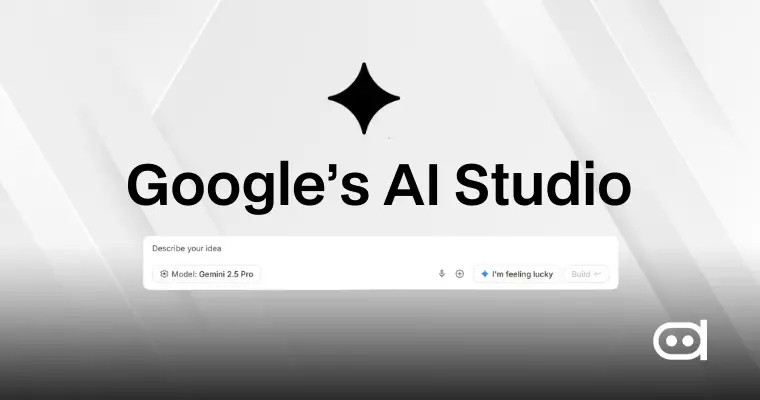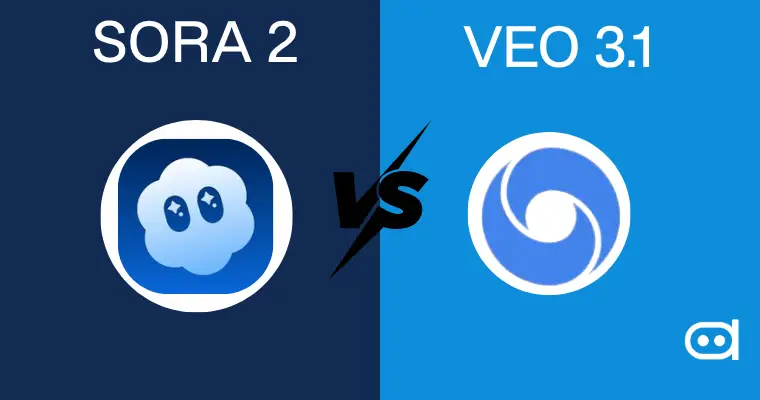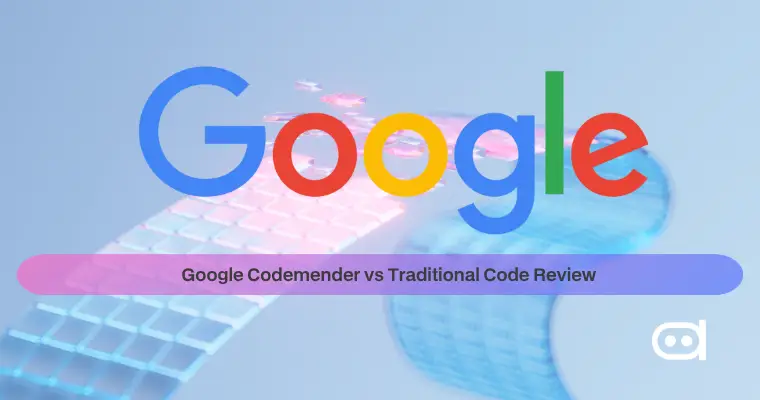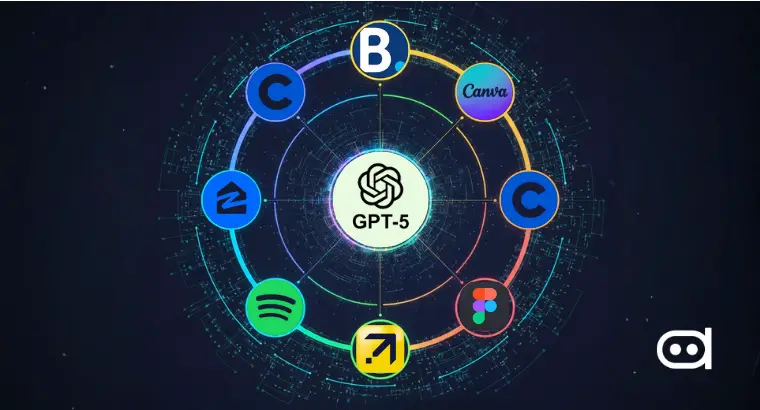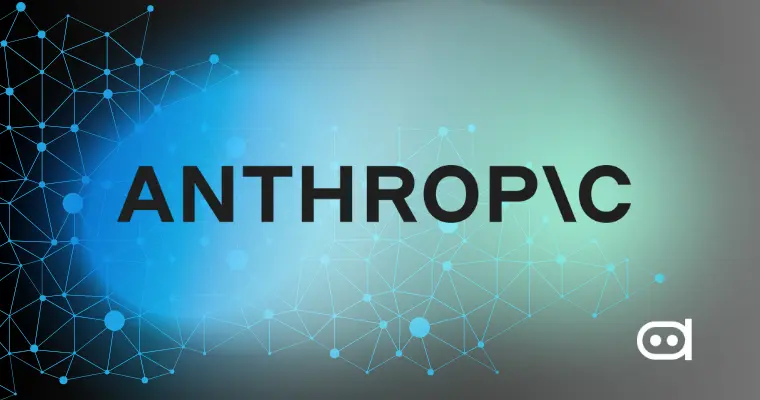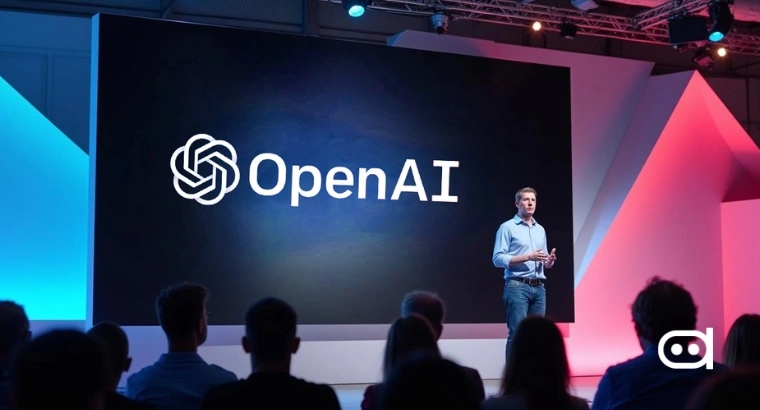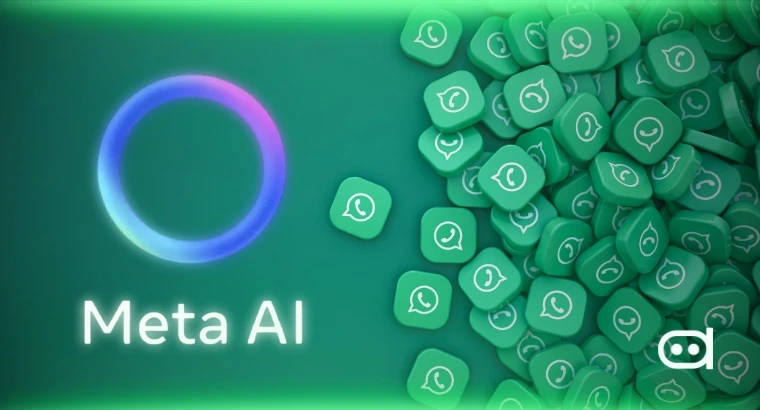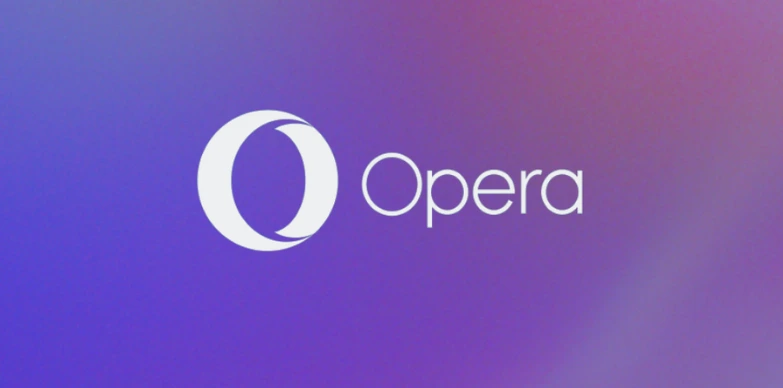
The field of generative AI has come a long way since its inception. Today, AI can do anything and everything. These models can create human-like texts, images and even write computer code. The drawback of these AI models is that they gather information from various websites without the consent of the owners or authors. This process of collecting data without the consent of the owners or the authors is known as AI scraping. This collected data is then used to train AI models and fine tune large language models. With continuous innovation in the industry, the website owners, publishers, and content creators are growing nervous each day as they watch their works being harvested with no recognition or recompense.
As we are approaching the end of the year 2025, the demand for powerful AI bot blockers is no longer a want, it is a dire need. This article will talk about the newest technology, tools, and methods that have been tried in the field to find and stop AI bots, as well as how digital stakeholders may win the battle over their content.
The Evolution of Web Scraping and AI Bots
Web scraping in the earlier days was used for basic things like checking prices or gathering news articles. Scrapy, BeautifulSoup, and Octoparse were all rule-based scraping tools that needed to be set up by hand most of the time. These bots used structured patterns to mimic how users acted to get HTML content from websites. They worked well, but basic anti-bot protections made them easy to find and block.
On the other hand, modern AI-powered bots circumvent detection systems by employing more sophisticated strategies like machine learning, dynamic user simulation, and headless browsers. Large-scale, high-quality datasets can be obtained from websites using tools and services like Diffbot, Browse AI, and GPTBot.
Much of this shift is due to the rapid growth of Large Language Models (LLMs) such as ChatGPT, Claude, and Gemini. Large amounts of scraped internet data are used to train these models. To function, these AI bots need a huge amount of data which is collected through websites without the consent of the owner or the author.
This change has caused a worrying rise in automated content theft, in which private text, photos, and even code are stolen and used in new ways. This lowers the value of the original work for artists, publishers and puts intellectual property at risk.
How AI Bots Access Your Content
Like people, AI bots fetch content from the web through crawling and APIs. By following links, bots crawl public pages for text, images, and metadata. Crawling data and APIs are the two majorly used methods to gather data in bulk. On the other hand, APIs are more structured and permission-based, allowing developers to access specific data endpoints exposed by the website owner. Despite growing efforts made to block AI scraping, many companies still crawl websites without any explicit permission.
Popular AI bots are collecting massive amounts of web data to fuel the development of large language models. For example, OpenAI’s GPTBot scans websites to improve ChatGPT, while ClaudeBot does the same for Anthropic’s Claude. Bytespider, which is operated by ByteDance, powers its generative models, and CCBot, linked to Common Crawl, helps create massive open-source datasets. Meanwhile, Amazonbot crawls the web to index products and assists in AI training, and PerplexityBot, from Perplexity AI, gathers real-time web information to deliver more accurate, in-context answers. Some site owners have even explored ways to make money from AI bot traffic, turning the challenge of scraping into a monetization opportunity.
These bots often bypass protection by exploiting SEO analyzers, performance improvement plugins or browser extensions. Once they exploit these firewalls, they hide and steal content.
Server logs can reveal suspicious IPs and access patterns. When AI bot detection tools are used, these logs can also notify the site owners about content scraping, inform the owner about which bots are visiting, what they are looking at and if they are threatening content integrity.
What Are AI Bot Blockers and Their Types?
AI bot blockers are tools, settings and codes that do not allow AI bots to crawl through the websites and collect data without the author’s or owner’s permission. These blockers identify these AI scraping bots and block them from crawling the website.
AI bot blockers are different from regular bot blockers. Regular bots usually prevent spam, hacking attempts whereas AI bot blockers protect your content. There are various ways in which these AI bots can be managed. Each method targets a specific aspect of bot behaviour. We have listed these techniques below to help you understand how they work:
Server-side blockers (robots.txt, IP denial)
Using robots.txt and server-level IP blocking can help protect your website from unwanted crawlers. As a site owner, you can disallow specific AI bots by targeting their user agents in your robots.txt file. For example:
Block OpenAI’s GPTBot
User-agent: GPTBot
Disallow: /
Block Anthropic’s Claude
User-agent: ClaudeBot
Disallow: /
Block Common Crawl Bot
User-agent: CCBot
Disallow: /
Block Perplexity
User-agent: PerplexityBot
Disallow: /
While these functions offer a soft barrier, more stringent tricks such as IP denial provide a stronger protection. At the server level, you can block IP ranges known to be associated with scraping activity, even by region to help mitigate large-scale or repeated attacks.
CAPTCHA Based Blockers
To identify whether a user is a human or not, CAPTCHAS require them to perform certain tasks. With the rise of highly sophisticated AI, there is now a need for more advanced changeable challenges as bots these days can easily work around these standard challenges.
Tools for Examining Behavioral Patterns
These tools monitor people’s interactions with the computer, like the speed at which they click buttons or their mouse movement and scrolling, to identify non-human activities. Bots, especially AI crawlers, follow patterns that are easy to predict or that don’t make sense. These patterns help set humans and bots apart.
Fingerprinting-Based Blockers
These blockers can find and track bots that change IPs or user agents by looking at browser and device fingerprints (screen size, plugins, headers).
AI/ML-Based Bot Management
These systems use machine learning to find new bot behaviors in real time. DataDome and others use AI to find patterns that humans can’t detect manually.
Honey Pot & Trap Pages
Websites have hidden fields or fake links. Because real users don’t see or click on them, any interaction with these fields or links usually means a bot, which triggers automatic blocking or redirection.
JavaScript and Cookie Validation
Bots don’t run JavaScript or handle cookies correctly. Using these methods to check user sessions helps to tell the difference between real browsers and headless scrapers.
How to Keep Your Content Safe From AI Scraping
To prevent unauthorized scrapping, one needs to execute technical, administrative and strategic strategies all together. It is recommended to search and block user agents that are known to be associated with AI, including GPTBot, ClaudeBot, CCBot, and PerplexityBot.
You should also monitor server logs frequently. It helps admins to observe suspicious access patterns (IP ranges and request frequencies) which can be applied to detect early signs of AI crawlers working.
Rate limiting and API authentication help you control who can access your data and how often. Even authorized users are restricted to safe limits, which makes it harder for bots to flood your server or quietly extract large amounts of data.
There are obfuscation techniques that you can use (for example, serving the content dynamically, or serving data in JavaScript after document ready) to stop the bots from accessing your data. These methods can be a more reliable way to protect your high-value or competitive data, since most bots struggle to access content that’s loaded with JavaScript after the page has fully rendered.
Lastly, don’t forget about the legal level of protection. When you clearly spell out the rules for how people can use your content in your website’s terms of service, you create a contract. This won’t stop bots directly, but it gives you a legal basis to make requests for enforcement or takedown if your data is used inappropriately.
Future Holds: Challenges & Innovations
The arms race between AI bot-content protection systems is heating up. Website owners are building stronger AI web scraper blockers, and AI companies are developing bots that can surf fluidly, solve CAPTCHAs and shift behaviors to avoid being sniffed out. Now that these bots behave like humans, it is harder to remove them through normal means.
In the fight against AI, AI-fueled bot-blockers are coming into play. These tools refresh on a real-time basis, optimize based on traffic and change the way they scrape without human interference.
Content fingerprinting technology may be crucial for tracking unauthorized digital content use in the future. People are also considering blockchain-based AI content protection for ownership records that cannot be tampered. This will verify and protect original content in a world of decentralization.
Conclusion
As AI bots improve, it becomes more and more difficult to protect digital content. Smart, proactive LLM content protection has never been more important. With the kind of web environment we have currently, it is advisable to use AI bot blockers that are aligned with your vision, business goals, content strategy and morals. With blockers, business assets and creator’s work can be protected without harming the innovation in the sector. Businesses that protect their content and accept the potential for ethical growth of AI will be the face of the future.
FAQ’s
Is it morally right to prevent AI bots from crawling the content of my website?
Yes, blocking AI from crawling your website is legal. You can do this by updating your robot. txt file or adjust the server settings to ban bots, especially to save your intellectual property.
What will be the most scraped content by AI in 2025?
Text articles, product information, reviews, pictures, papers or code repositories are all ideal locations to be scraped by AI models.
How do I know if these AI bots or LLM tools are scraping my website?
Check your server logs for known bot user agents, like GPTBot, or look for weird patterns such as repeated visits from the same IP address or bits accessing large amounts of content very quickly.
What are the best tools or services for blocking AI-powered bots in 2025?
Some of the best tools are DataDome, Cloudflare Bot Management, Radware Bot Manager, and custom systems for finding AI bots.
Can AI bot blockers prevent models like ChatGPT or Gemini from accessing my site?
Yes, you can limit access to data by blocking their crawlers (like GPTBot and ClaudeBot) with robots.txt and IP denial.

